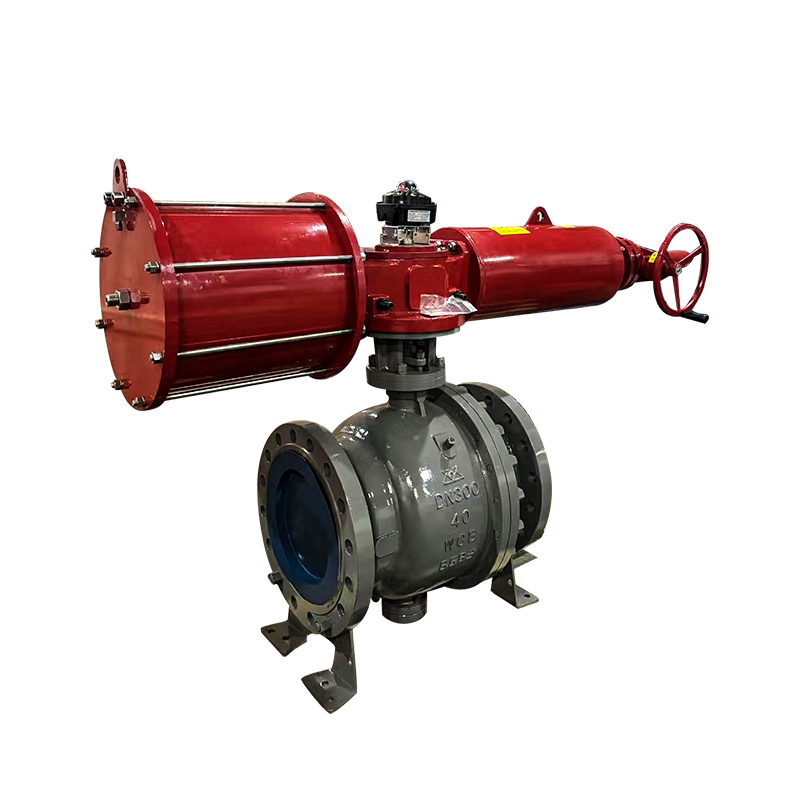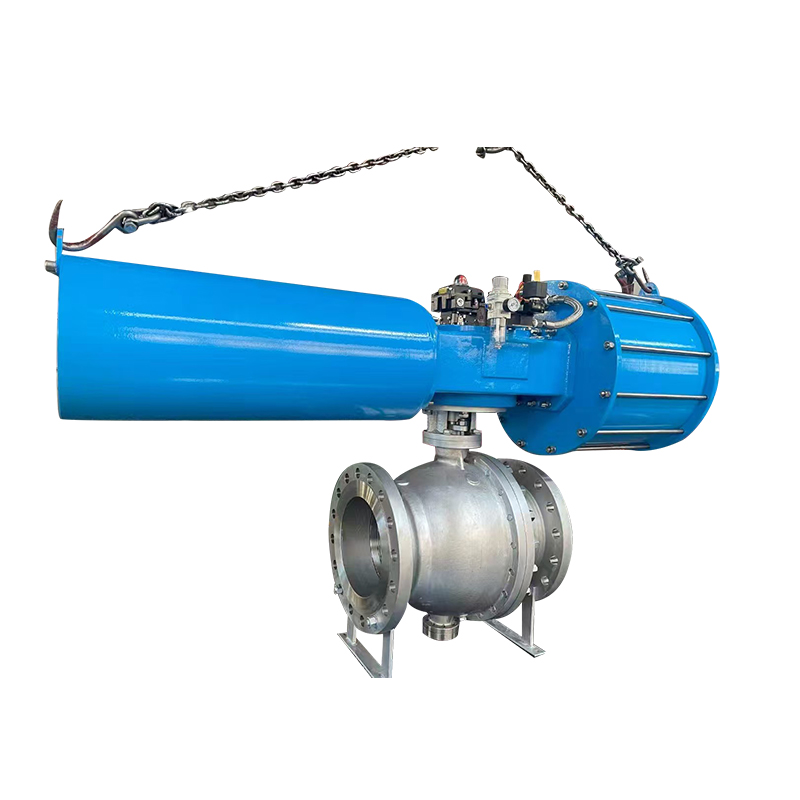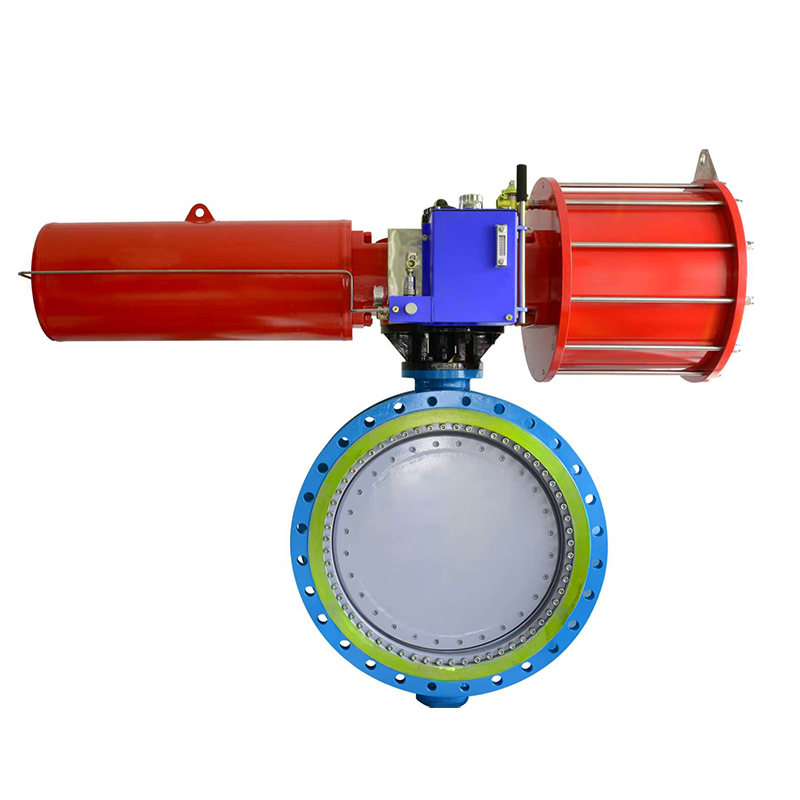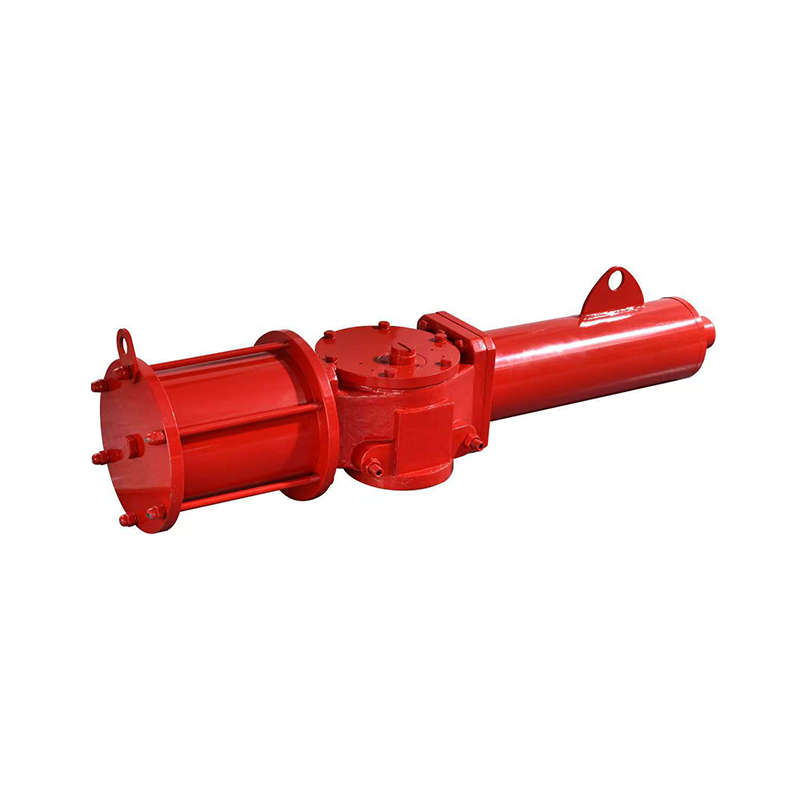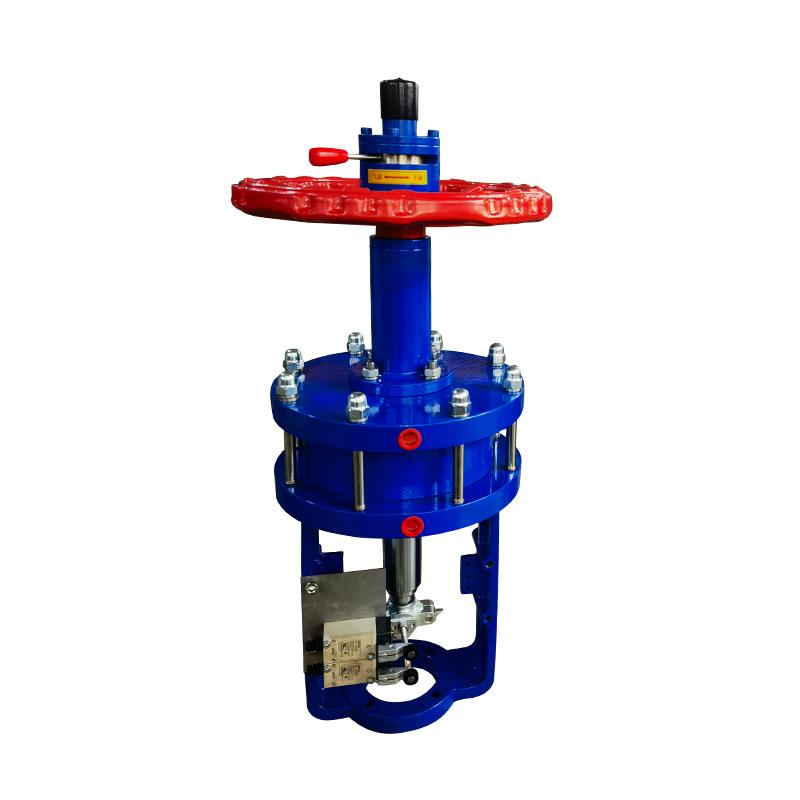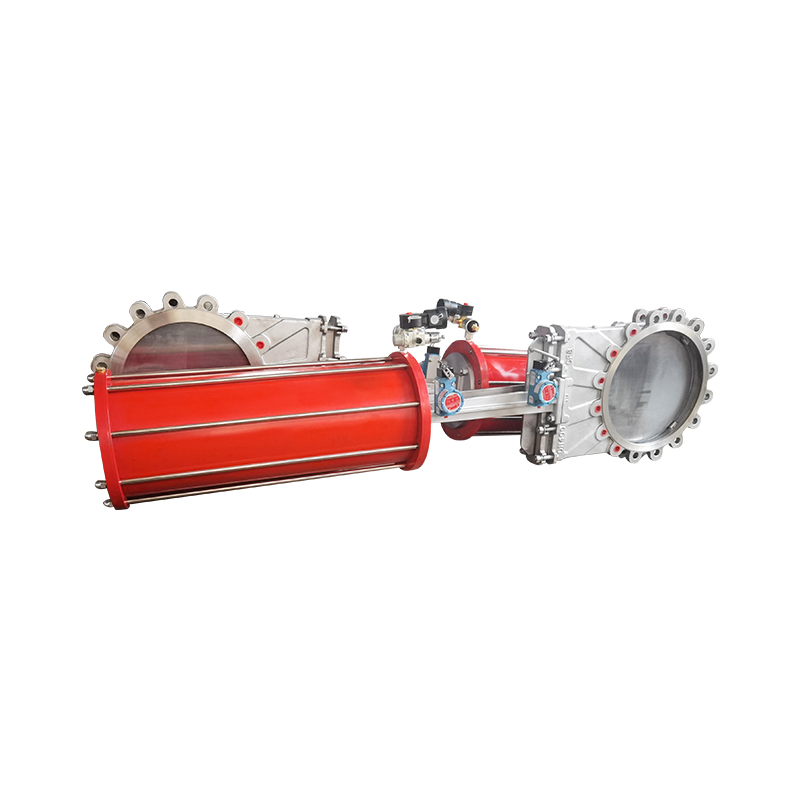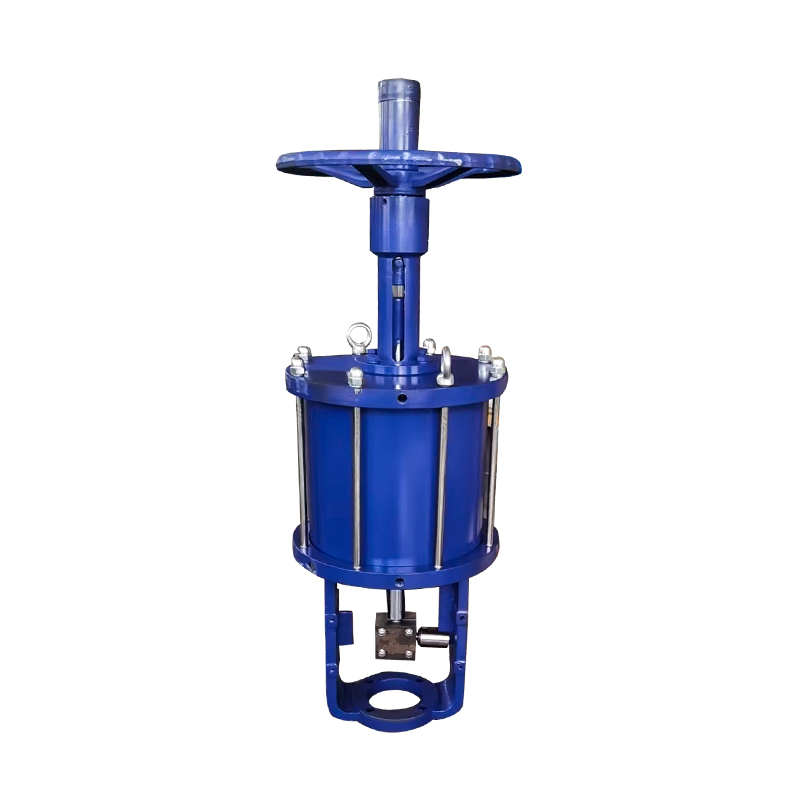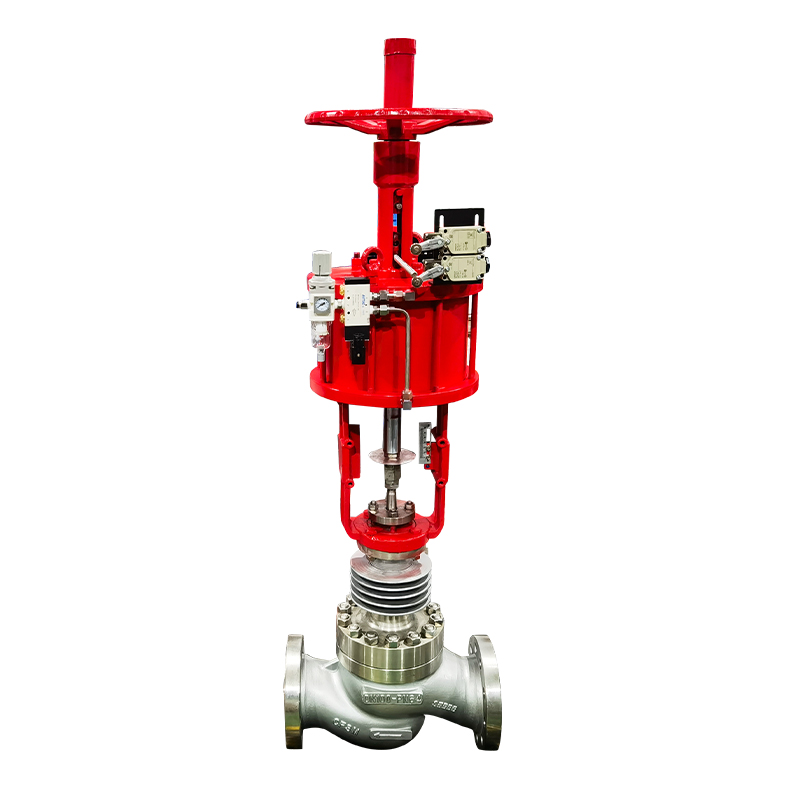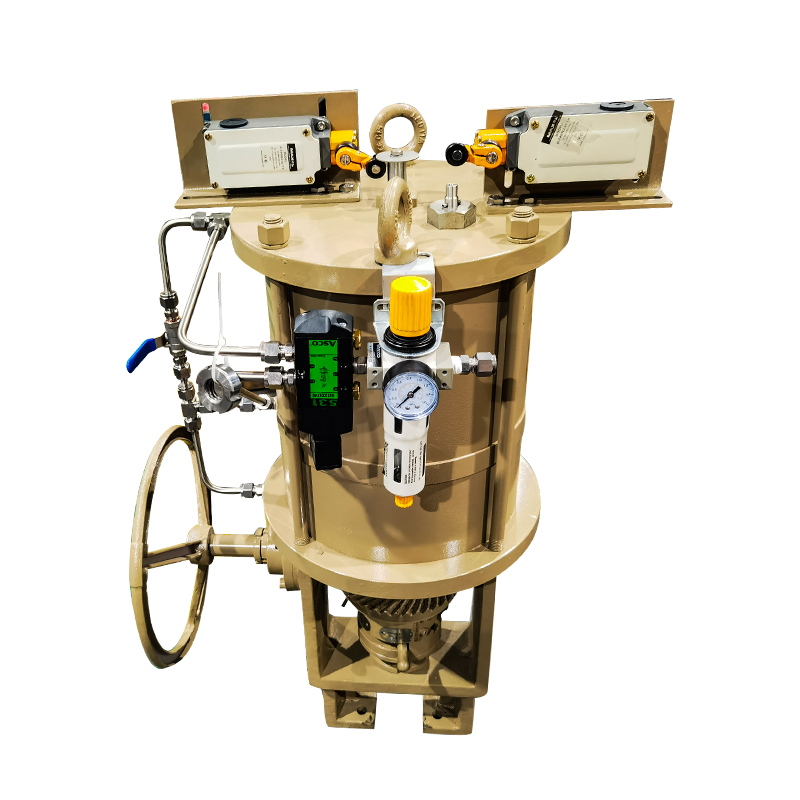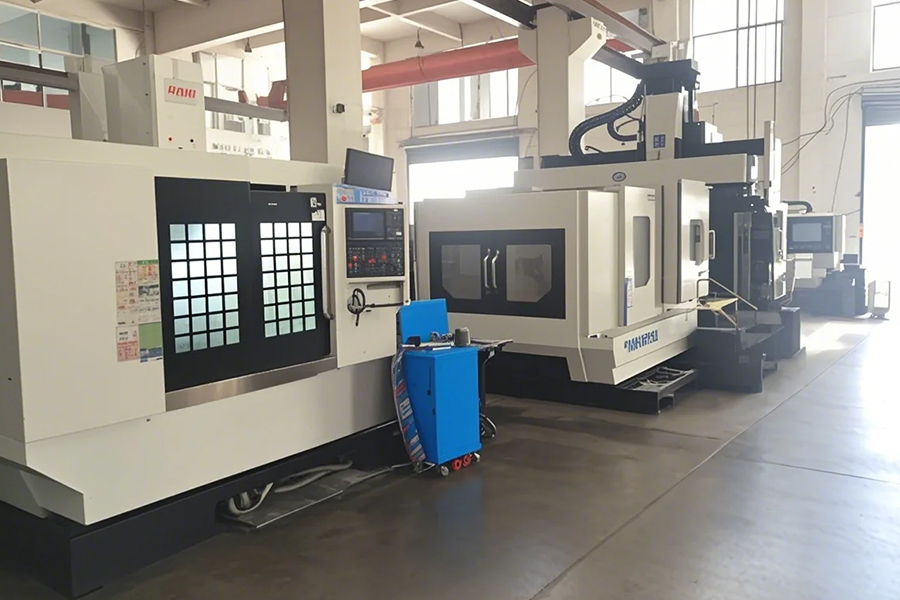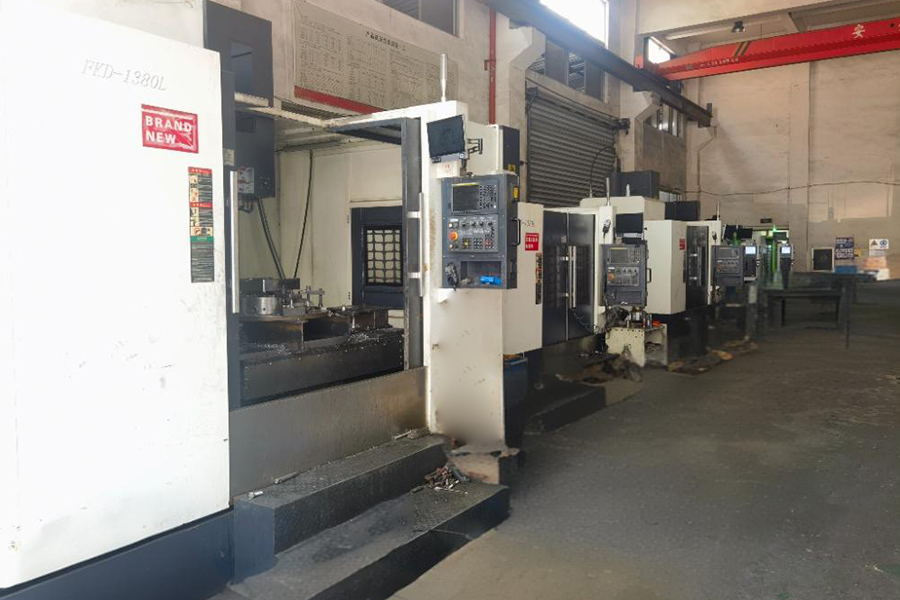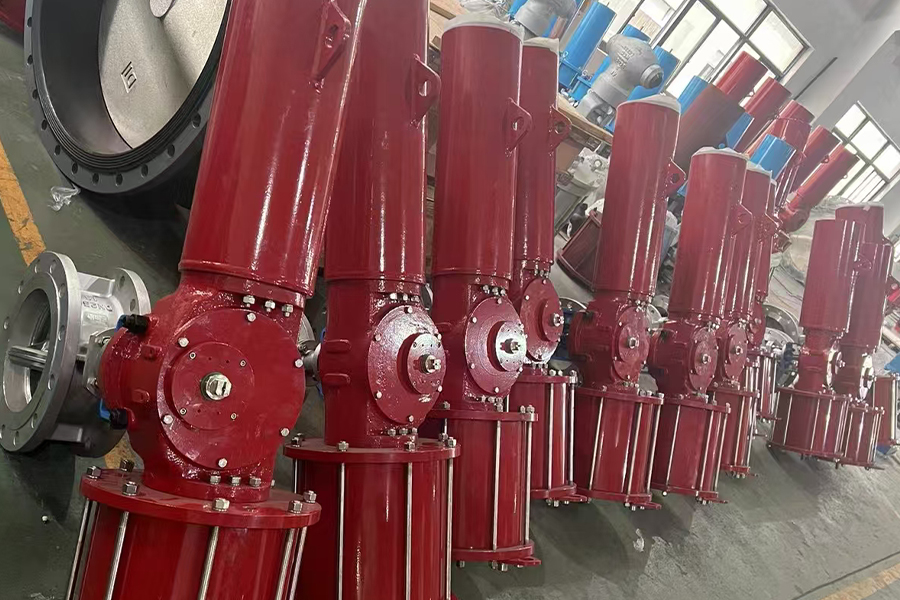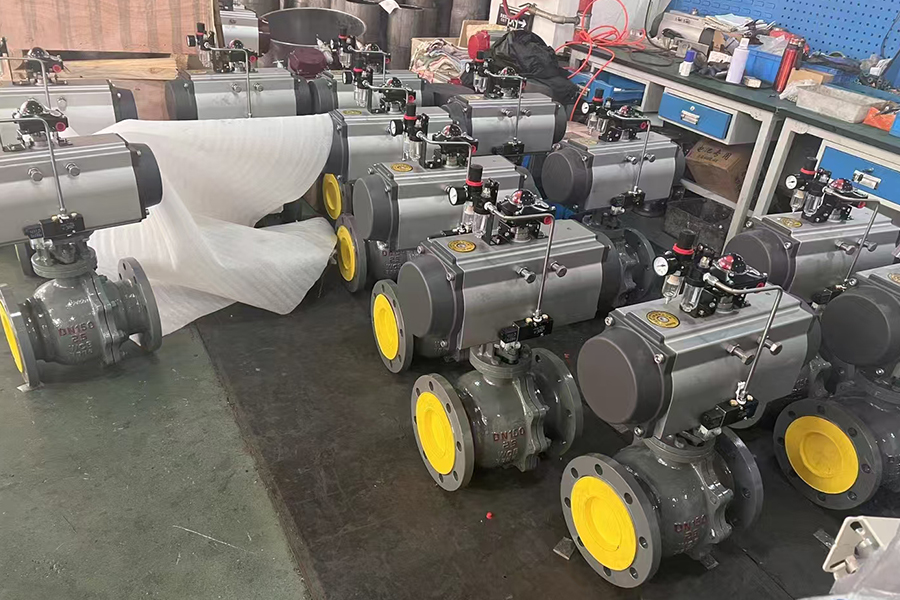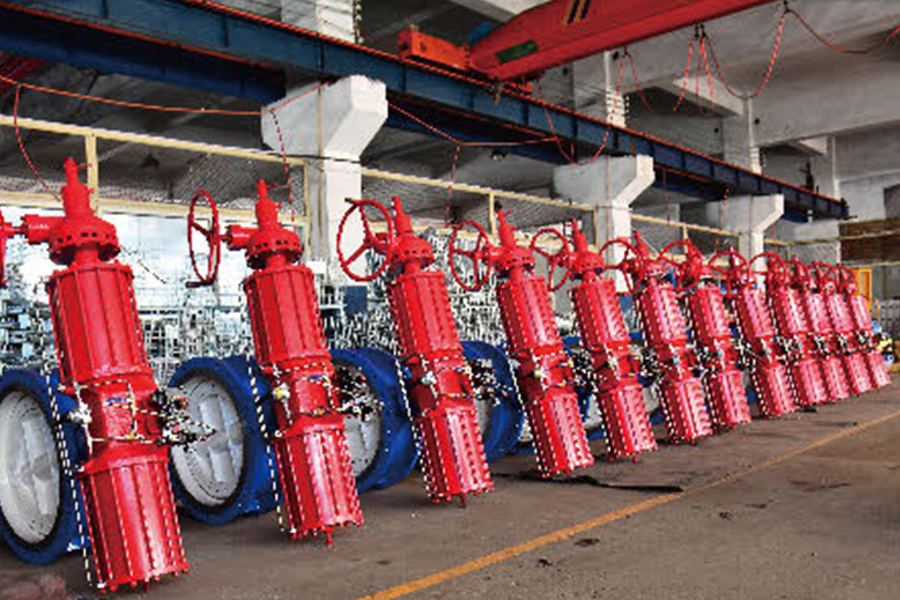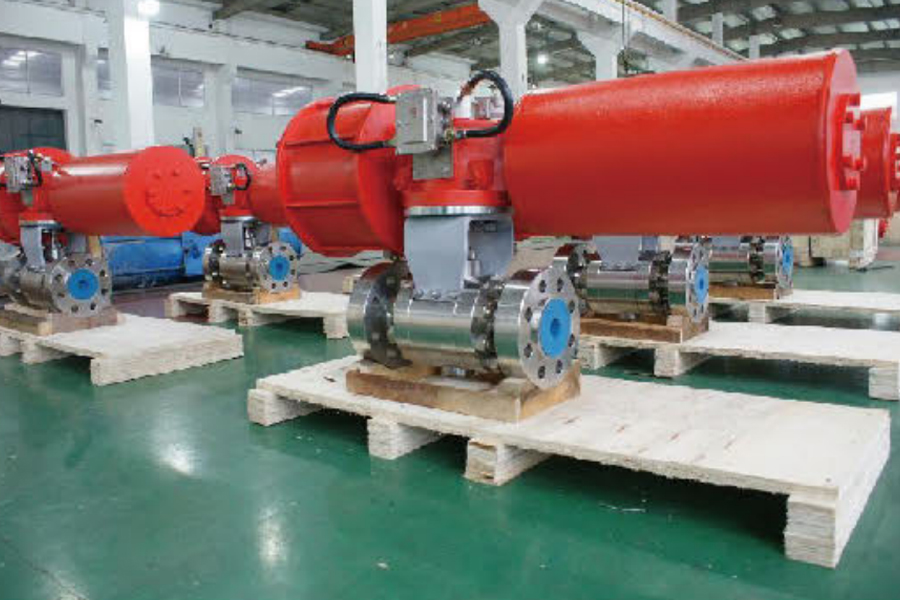Pneumatic butterfly valves are essential components in industrial fluid control systems, widely valued for their compact design, efficiency, and ease of automation. These valves typically combine a butterfly valve with a pneumatic actuator—often a cylinder—that drives the opening and closing of the valve disc. When selecting and operating these valves, understanding temperature and pressure considerations, as well as material choices and durability, is critical to ensure performance and longevity.
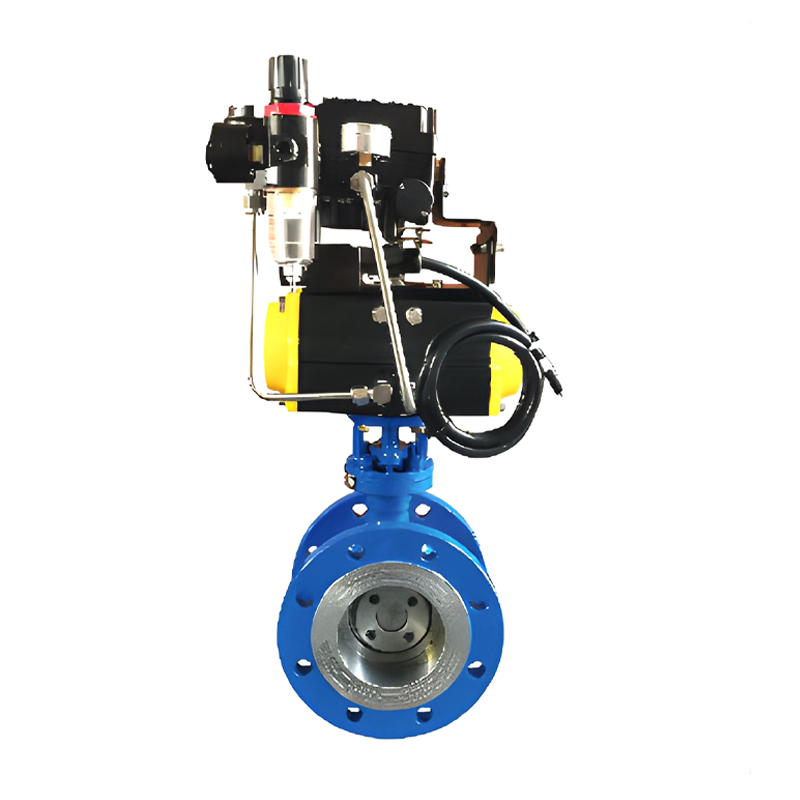
A Pneumatic Cylinder Operated Butterfly Valve uses compressed air to move a cylinder actuator, which in turn rotates the valve disc to control fluid flow. While the design is straightforward, temperature and pressure conditions directly impact valve performance and service life.
Temperature is a primary consideration because extreme heat or cold can affect both the valve body and the actuator. Valve bodies are commonly made from materials such as ductile iron, carbon steel, or stainless steel, each with specific temperature limits. High temperatures can cause metal expansion, potentially affecting the tightness of the valve seal and increasing wear on components. Moreover, actuator seals and pneumatic cylinders typically use elastomeric materials, such as nitrile or Viton, whose properties degrade at elevated temperatures. Excessive heat may bring about seal hardening or cracking, resulting in air leaks and loss of actuator efficiency.
Conversely, low temperatures can make seals brittle and reduce the flexibility of the actuator components, impacting smooth operation. Some pneumatic actuators are equipped with heaters or insulation to maintain temperature ranges in freezing environments.
Pressure is another crucial factor. Butterfly valves are generally designed for moderate pressure applications, and exceeding rated pressure limits can cause valve deformation, leakage, or failure. Pneumatic cylinders must also handle the input air pressure correctly; too high pressure risks damaging the actuator, while insufficient pressure prevents full valve operation. Typically, pneumatic cylinder operated butterfly valves are rated for pressures up to several bar (around 10 bar), but selecting a valve with appropriate pressure ratings based on system requirements is essential.
Careful monitoring and adherence to manufacturer specifications regarding temperature and pressure will help maintain reliable operation and extend valve service life in pneumatic cylinder operated butterfly valve systems.
The Pneumatic Control Butterfly Valve is designed for precise modulation of fluid flow, commonly used in automated processes in industries such as water treatment, HVAC, and chemical manufacturing. The choice of materials significantly influences valve durability, corrosion resistance, and suitability for various operating environments.
Valve bodies are frequently made from cast iron, ductile iron, carbon steel, or stainless steel. Cast iron and ductile iron offer cost-effective solutions for general use but may not perform well in corrosive or high-temperature conditions. Carbon steel improves strength and temperature tolerance but can be vulnerable to corrosion if not properly coated or protected.
Stainless steel is favored for applications requiring corrosion resistance and durability. Grades such as 304 or 316 stainless steel resist a wide range of chemicals, making them suitable for aggressive media and outdoor use. Although more expensive, stainless steel valves reduce maintenance costs by resisting rust and extending operational life.
The valve disc is often manufactured from stainless steel or coated with materials such as epoxy or PTFE to improve corrosion resistance and reduce friction. These coatings also protect the disc surface from wear caused by particulate matter in the fluid.
Seals and seats are critical for tight shutoff and modulation. Elastomers such as EPDM, Viton, or PTFE are selected based on chemical compatibility and temperature ranges. EPDM excels in water and steam applications, while Viton is suited for oils and aggressive chemicals. PTFE seats offer chemical resistance and low friction but may be less flexible.








